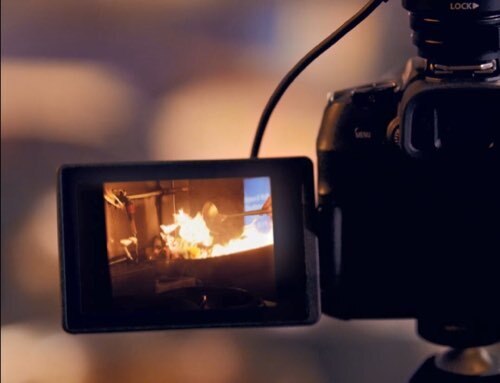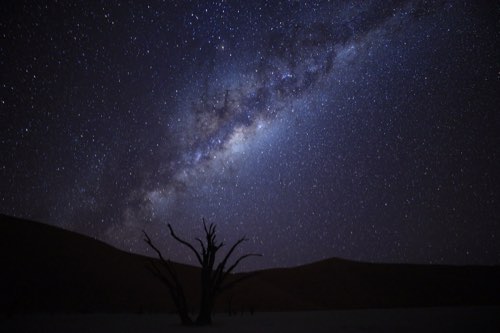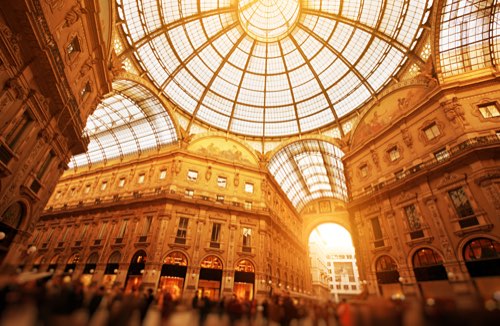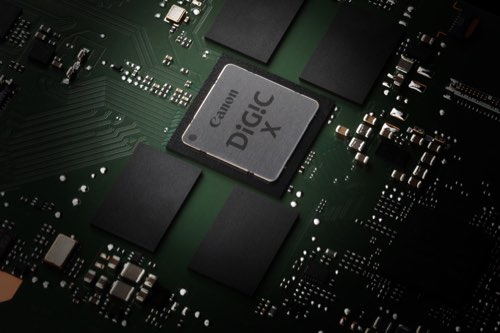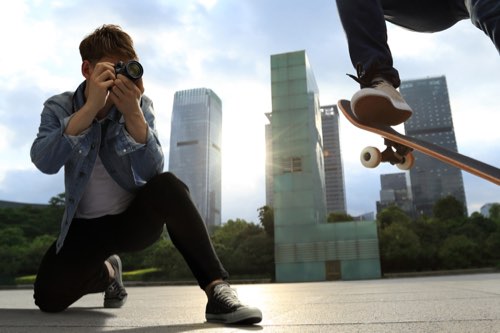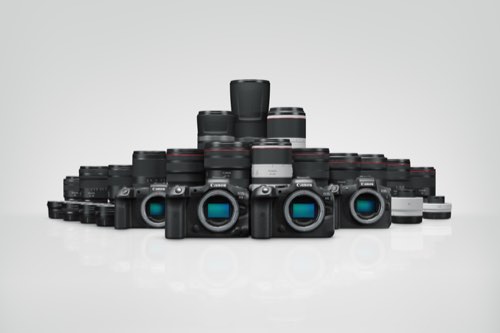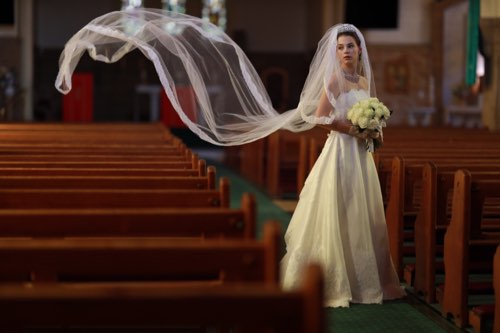Transitioning from hybrid mirrorless cameras to dedicated video-centric systems is not merely an upgrade—it’s an evolution. The EOS C80 and EOS C400 embody this shift, offering tools designed specifically to address the limitations often associated with hybrid systems.
By focusing on features that surpass those of hybrid setups, these cameras empower creators to achieve new levels of quality and efficiency. Whether you’re an indie filmmaker, a commercial director, or a studio professional, these cameras open the door to unprecedented creative possibilities.
Why Transition to a Dedicated Video Camera?
Hybrid mirrorless cameras are versatile but often come with trade-offs. Limited video-centric ergonomics, constrained recording capabilities, and workflows designed with photographers in mind result in compromises during production.
Dedicated cinema cameras like the EOS C80 and EOS C400 eliminate these constraints, providing tools tailored to the demands of filmmakers. Features like optimised sensor performance, seamless professional workflows, and robust durability make these cameras purpose-built for storytelling at its highest level.
1. Design and Portability: Built for the Job
EOS C80:
The EOS C80 redefines compact filmmaking. Unlike hybrid systems, which often prioritise portability at the expense of professional-grade features, the EOS C80 integrates essential tools like internal ND filters, professional XLR audio inputs, and advanced cooling into a lightweight frame. Its RF mount allows compatibility with a wide range of lenses, making it a versatile option for on-the-go creators, including documentary filmmakers and event videographers.
EOS C400:
The EOS C400, while still portable, is designed to meet the needs of larger productions. Its robust build and additional DIN Terminal support extensive accessory integration, supporting G-LOCK/SYNC/RETURN as well as USB Type-C connectivity for grips & monitors. These interface options make it a reliable choice with a slight edge over the EOS C80 for studio environments, multi-camera live production setups, and complex narrative shoots. The durable chassis and comprehensive physical controls ensure it can handle even the most demanding shooting conditions.
|
Type |
EOS C80 |
EOS C400 |
|
Size |
160 x 137.4 x 116mm |
142 x 135 x 135mm |
|
Weight |
1300g |
1540g |
2. Image Quality and Resolution: Raising the Cinematic Standard
EOS C80:
The EOS C80 is equipped with a 6K full-frame back-illuminated stacked CMOS sensor that delivers stunning image quality. With internal 6K RAW recording at up to 30p and 4K at up to 120p, it provides flexibility for a wide variety of cinematic applications. Its triple-base ISO system of ISO 800, 3200, and 12800 (in Canon Log 2/3) optimises performance in diverse lighting conditions. This ensures exceptional dynamic range, minimal noise, and cinematic colour reproduction, making it an ideal choice for indie filmmakers and content creators.
|
Learn about the differences between Canon Log 2 and Log 3 in: |
EOS C400:
The EOS C400 offers even greater versatility for high-end productions. Sharing the same 6K full-frame sensor as the EOS C80, it extends its capabilities with internal 6K RAW recording at up to 60p and 4K at up to 120p. The triple-base ISO system (ISO 800, 3200, and 12800) allows for unmatched flexibility in challenging lighting scenarios, ensuring clean visuals and excellent tonal reproduction. For feature films, commercials, and studio work, the EOS C400 is a game-changer in achieving cinematic fidelity.
Both the EOS C80 and EOS C400 share the same full-frame back-illuminated stacked sensor with low noise, wide 16-stop dynamic range, and four base ISO modes, so the difference lies in their recording format capabilities.
|
Type |
EOS C80 |
EOS C400 |
|---|---|---|
|
Sensor Size |
6K Full Frame with Super 35mm shooting modes |
6K Full Frame with Super 35mm shooting modes |
|
Base ISO |
800/3200/12800 |
800/3200/12800 |
|
6K RAW |
30p |
60p |
|
4K |
120p |
120p |
|
2K |
180p |
180p |
3. Connectivity and Workflow: Built for Professionals
EOS C80:
With features like dual SD card slots, HDMI output, and Ethernet connectivity, the EOS C80 ensures a smooth production workflow. Simultaneous recording in different formats provides redundancy and flexibility, while its streamlined media handling makes it ideal for projects with tight deadlines or limited resources.
EOS C400:
The EOS C400 elevates connectivity to the next level with multiple 12G-SDI outputs, timecode in/out, Genlock, 1 x CFexpress & 1 x SD Card Slot, and RAW output for external recorders. It integrates seamlessly into high-end workflows, making it the preferred choice for multi-camera setups, live events, and virtual production environments.
|
Type |
EOS C80 |
EOS C400 |
|---|---|---|
|
Card Slots |
2x SD |
1x CFexpress |
|
Lens Mount |
RF Mount PL Mount Support via PL-RF Mount Adapter EF Mount Support via EF-EOS R Mount Adapter |
RF Mount PL Mount Support via PL-RF Mount Adapter EF Mount Support via EF-EOS R Mount Adapter |
|
|
Recording |
|
|
Recording Formats |
Cinema RAW Light |
Cinema RAW Light |
|
Double Slot (Simultaneous) Recording |
Yes |
Yes |
|
Simultaneous Recording in Multiple Formats |
Yes |
Yes |
|
|
Inputs / Outputs |
|
|
HDMI |
Type-A |
Type-A |
|
USB |
USB Type-C |
USB Type-C |
|
Mic / Headphone |
Yes/Yes |
Yes/Yes |
|
REMOTE (φ2.5mm) |
Yes |
Yes |
|
Ethernet (RJ45) |
Yes |
Yes |
|
Wi-Fi |
Yes |
Yes |
|
SDI Out |
Yes |
Yes |
|
Multi-function shoe |
Yes |
Yes |
|
Lens Terminal |
No |
1 x 12-pin Jack |
|
Monitor |
No |
Yes |
|
Video Monitor Output |
No |
Yes Via USB Type-C, for supplied LCD Monitor Via 3G-SDI Output (BNC) |
|
Hand Grip |
No |
Yes (via USB Type-C, for supplied Hand Grip connection) |
|
Timecode |
Yes |
Yes |
|
Genlock |
No |
Yes (DIN Terminal) |
|
Sync |
No |
Yes (DIN Terminal) |
|
Return Signal Input |
No |
Yes (DIN Terminal) |
4. Ergonomics and Customisation: Tailored for Filmmakers
EOS C80:
The EOS C80’s intuitive design ensures a seamless transition for creators moving from hybrid systems to dedicated video cameras. Its straightforward controls and pre-set profiles make it accessible for beginners while still offering sufficient depth for advanced users. The touch menus and built-in monitoring tools simplify on-the-fly adjustments, letting filmmakers concentrate on their creative vision without being bogged down by technical challenges. With its compact size and integrated ND filters, the EOS C80 is optimised for mobility, making it an excellent choice for creators on the move.
EOS C400:
The EOS C400 takes versatility to the next level with its modular design and extensive customisation options. Designed to meet the diverse demands of professional filmmaking, the EOS C400 includes support for custom LUTs, advanced HDR workflows, and a wide range of user-configurable settings. These features enable cinematographers to fine-tune the camera to their specific production needs, whether it’s for a feature film, commercial shoot, or live production. The EOS C400’s ability to adapt to different shooting environments and styles, combined with its comprehensive physical controls and robust build, ensures it’s a dependable tool for any project.
Who Should Upgrade?
EOS C80:
- A perfect upgrade for indie filmmakers, small production teams, and event videographers ready to step up from hybrid systems.
- Ideal for creators seeking professional results in a compact, versatile package.
- Suited for filmmakers needing a reliable all-in-one solution for fast-paced projects.
EOS C400:
- Tailored for experienced professionals who demand advanced connectivity, robust performance, and cinematic image quality.
- The ultimate tool for high-budget productions, including feature films, commercials, and studio work.
- A worthwhile investment for filmmakers looking to future-proof their tools as their creative ambitions grow.
Conclusion: A Purpose-Built Leap Forward
The EOS C80 and EOS C400 represent more than just upgrades from hybrid systems — they are transformative tools for professional storytelling. By addressing the specific needs of filmmakers, these cameras empower creators to produce cinematic content with unmatched quality and efficiency.
Whether you choose the portable, versatile EOS C80 or the feature-rich EOS C400, you’re not just upgrading your gear—you’re elevating your craft. With Canon’s cinema lineup, the path to realising your cinematic vision has never been clearer.
|
Further reading You’ve decided on the gear—have you covered all the bases in pre-production? Here are some tips and advice from others in the industry in:
Up your technical knowledge (or refresh it) with these articles: |








